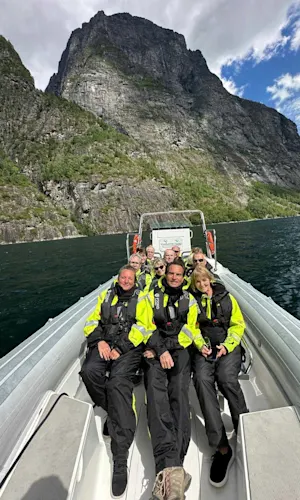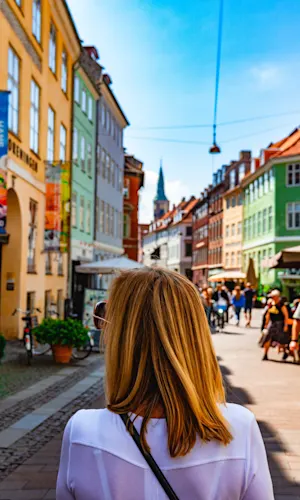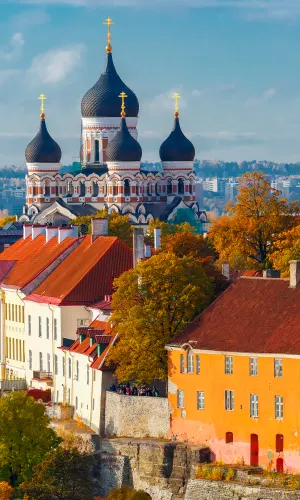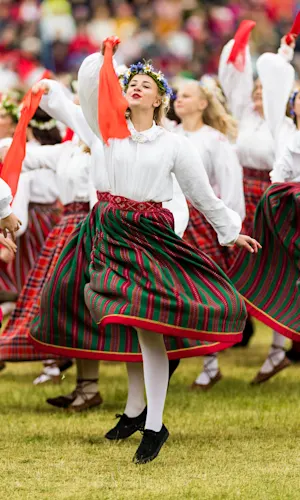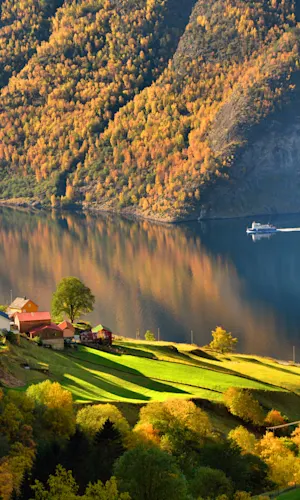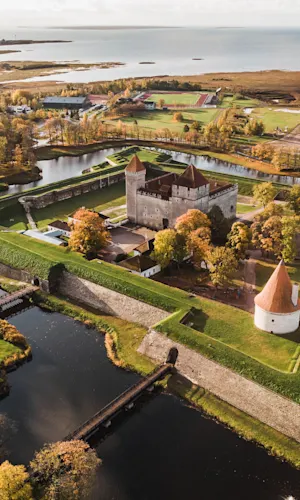Tallinn
Tallinn is the capital of Estonia, UNSECO World Heritage site.
Tallinn, the medieval capital of Estonia, is the best-known tourist magnet of Estonia. Due to Tallinn´s grand history and superb architecture it has been listed as a UNESCO World Heritage site. Majestic manor houses and castles all over the country are fine examples of feudal architecture.
This city lies on the southern coast of the Gulf of Finland, only 70 km south of Helsinki. At the historical and medieval heart of the city is the hill of Toompea, covered in cobbled streets and filled with medieval houses and alleyways. The lower town spreads out from the foot of the hill, still protected by the remnants of a city wall. Around the city wall is a series of well-maintained green parks, great for strolling.
It is a historic city dating back to the medieval times and it was first recorded on a world map in 1154, although the first fortress was built on Toompea in 1050. In 1219, the city was conquered by Valdemar II of Denmark, but it was soon sold to the Hanseatic League in 1285. The city, known as Reval at the time, prospered as a trading town in the 14th century, and much of Tallinn's historic center was built at this time.
Tallinn then became a pawn in the geopolitical games of its big neighbours, passing into Swedish hands in 1561 and then to Russia under Peter the Great in 1710. By World War I and the ensuing brief Estonian independence (starting 1918) Tallinn's population had reached 150,000.
Estonia was eventually occupied by the Soviet Union in 1940, only to be conquered by Nazi Germany (1941-44) and then retaken by the Soviets. In World War II, the city was quite extensively bombed by the Soviets, although luckily the medieval town remains. The Soviet Union undertook a program of massive Slavic migration, and just over 40% of Tallinn's current inhabitants are Slavic (compared to an average of 28% for the entire country). On Aug 20, 1991, Estonia declared independence and Tallinn became its capital once again.
Today, Tallinn is a bustling, gleaming metropolis of 400,000 people. However, among the tall glassy buildings and corporate headquarters, Tallinn retains an inner charm seldom found anywhere else. Estonia considers itself a Northern European/Scandinavian country, with very close ties to Finland (ethnic, linguistic, and cultural), and visiting Tallinn you will find a mix of at least three architectures in this very visual city -- old Europe (the city walls with rustic buildings and charming living areas with well-preserved and colourful wooden houses of bourgeois taste of 1920s), Soviet brutalist (concrete apartment blocks), and modern Europe (including McDonald's next to the city walls!).
Note: A lot of the main attractions in Tallinn are closed on a Monday.
